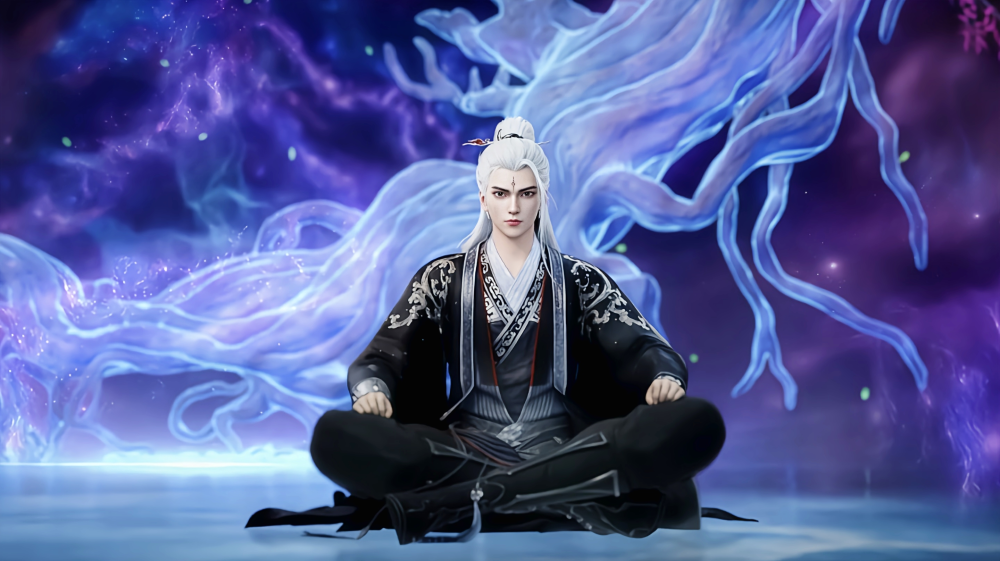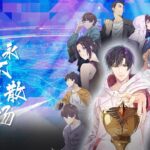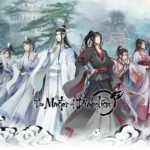Wang Lin, a name etched deep into the fabric of cultivation legends, is a character whose true identity often escapes clear definition. What most people perceive as Wang Lin is, in fact, just one of his many avatars. The real Wang Lin — the one who inherited the legacy of the ancient gods — remained buried deep beneath the earth, continuously refining himself in solitude.
But how many avatars has Wang Lin created over his journey? What became of each one? And how did they shape his path to transcendence?
🌟 The First Avatar: The Origin of Duality
Wang Lin’s first avatar came into existence during his attempt to break through to the Nascent Soul stage. Through the divine Dao technique, he formed an avatar devoid of any cultivation yet gifted with extraordinary talent. However, due to the shackles of the “extreme path,” this avatar could not merge with the main body. It was eventually reduced to a dormant nascent soul, seated within Wang Lin’s dantian — a silent companion on his spiritual journey.
Later, when Wang Lin was on the verge of advancing to the Soul Transformation stage, he took an unprecedented step. He forcefully extracted the essence of the extreme path from within himself and transformed it into a divine artifact. By this point, he had already inherited the bloodline of the ancient gods, and he recognized the importance of purifying his base — the physical foundation of his being.
⚔️ The Second Avatar: The Cultivator’s Vessel
To preserve the purity of his ancient god’s physical body, Wang Lin created a second avatar. This time, he infused all the powers, techniques, and limitations associated with ordinary cultivators into this vessel. Known as the Cultivator Avatar, this form carried the burden of cultivation techniques, spiritual energy, and human struggles, while his original body retained only brute, divine strength.
The Cultivator Avatar played a pivotal role during the fierce battles in the Rain Immortal Realm and the confrontation with the powerful Red Butterfly. It was this avatar — not the divine body — that fought on the surface while the true Wang Lin remained hidden, deep underground, in constant training.
Later, after joining the Soul Refining Sect, Wang Lin — with the help of the Ancestor of the Heaven-Escaping Path — pushed this Cultivator Avatar to the peak of the Late Soul Transformation stage. At the same time, his original god-body soared to the Three-Star Ancient God realm, making him nearly invincible.
When these two — the avatar and the original — fused, Wang Lin reached a state powerful enough to challenge even Infant Transformation-level beings. This combined strength enabled him to take revenge on formidable foes like Li Yuanfeng and the Demon Ancestor, ultimately sealing both the Snow Region Nation and the entire Demon Giant Clan.
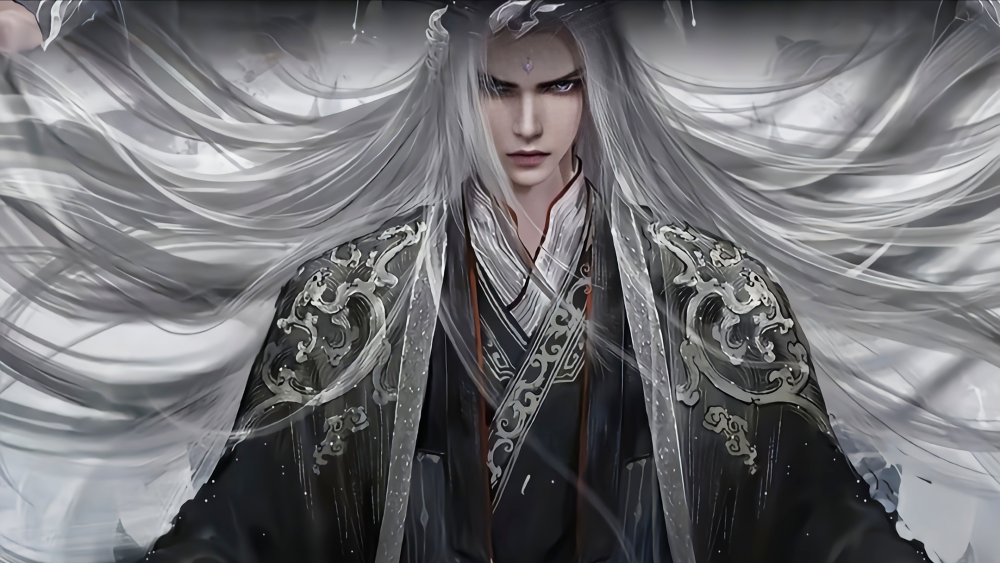
🩸 The Third Avatar: Lu Mo, the Shadow of Love and Madness
If the first two avatars were born from strategy and survival, the third — Lu Mo — was born from emotional chaos and cosmic anomaly. Lu Mo emerged from the collision between Wang Lin’s Source of Slaughter and Silent Oblivion Essence. A black-haired, red-eyed figure awakened — terrifying in strength, able to crush celestial envoys with a single blow, and yet capable of showing gentle affection toward Li Muwan.
Unlike previous avatars, Lu Mo was completely autonomous — free-willed and independent. Driven by Wang Lin’s lingering obsession with reviving Li Muwan, Lu Mo transcended time and space to lay a cosmic plan thousands of years in the past. He shaped the Immortal Firmament as a prison, designed the Seven-Colored Realm as his experimental sandbox, and even manipulated Tian Yunzi like a pawn in his game of dream-path illusions.
In a twist of fate both tragic and poetic, Lu Mo fell in love with every reincarnation of Li Muwan. Yet he was painfully aware — she had never loved him, only Wang Lin. So, after each cycle of rebirth, he would erase his consciousness before awakening, dooming himself to a cycle of forgotten devotion.
🌀 The Emotional Paradox: Lu Mo’s Tragic Brilliance
Lu Mo is perhaps the most heartbreaking of all Wang Lin’s avatars. He represented both the pinnacle of freedom and the pitfall of obsession. As a being created from pure will, Lu Mo had no duty to obey his creator — and yet, he remained shackled by Wang Lin’s emotional imprint.
He was a blade forged for war but used for love. A being capable of destroying worlds, yet willing to walk silently beside Li Muwan in every reincarnation. Ultimately, Lu Mo made the ultimate sacrifice: he willingly dissolved his independent soul to merge back into Wang Lin — not as a slave, not as a tool, but as a man who loved too deeply.
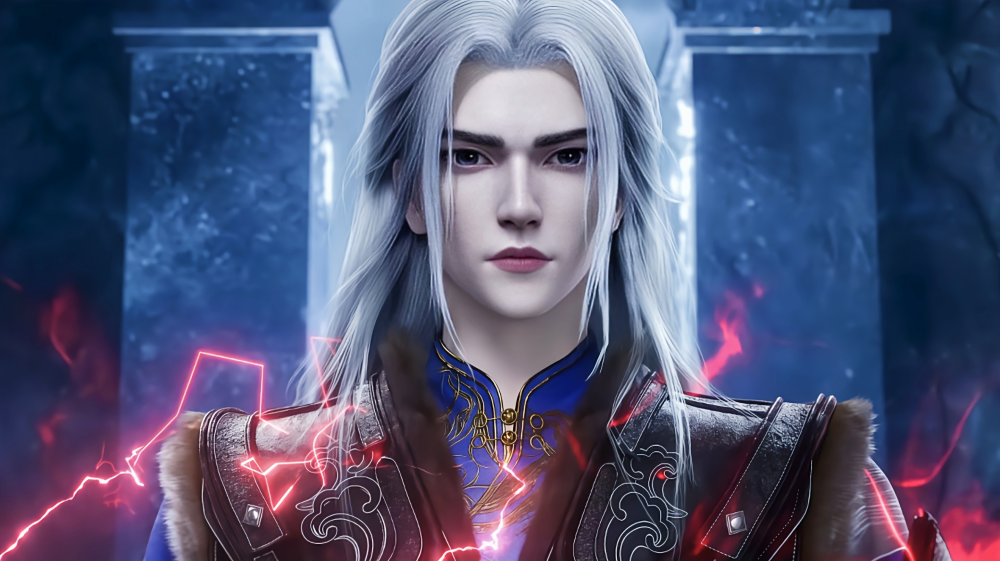
🧬 The Final Synthesis: Merging All Selves
As the three avatars — the Divine Dao Avatar, the Cultivator Avatar, and Lu Mo — reached their conclusions, Wang Lin stood at the brink of true ascension. Their destinies entwined, forming the path for Wang Lin’s ultimate transcendence.
- The Divine Dao Avatar faded into a shadow — a fragment of spirit seated silently within his dantian.
- The Cultivator Avatar walked beside Wang Lin into the fourth step of cultivation.
- The Ancient God’s Body reached toward the primal source, nearing the realm of world creation.
- And Lu Mo, surrendering his consciousness, became part of Wang Lin’s soul — gifting his love and madness to fuel the final transformation.
At that moment of ultimate fusion, Wang Lin’s spiritual energy, divine sense, and physical strength all erupted simultaneously. He crushed Tian Yunzi with ease, reversed the cycle of reincarnation, and succeeded in reviving Li Muwan — rewriting fate itself.
But with this merging, a haunting ambiguity arose.
Was Wang Lin still the same man?
Was he now the avatar or the original?
And the woman he had fought through time and death to save — did she truly love him, or one of the fragments that once bore his face?
🧘 The Question That Remains
Wang Lin’s journey blurs the line between self and reflection, between the real and the proxy. His avatars were not just tools of power — they were pieces of his soul, his ambition, his love, and his sorrow. In merging them, he achieved something few cultivators could even dream of — he became whole. And yet, in doing so, he lost the clarity of identity.
So we’re left to ponder:
“When the self is made of fragments — of borrowed strength, obsessive love, and divine blood — can the soul still call itself whole?”
In Wang Lin’s final steps through the cosmos, this question echoed louder than any clash of swords.
✨ Conclusion
Wang Lin’s avatars weren’t merely supporting characters in his story — they were his story. From strategic constructs to emotional extensions, each played a vital role in forging his path toward godhood. Their fates wove a complex tapestry of power, sacrifice, and introspection.
Through them, Wang Lin didn’t just cultivate his strength — he cultivated his humanity, his divinity, and ultimately, his legacy.
